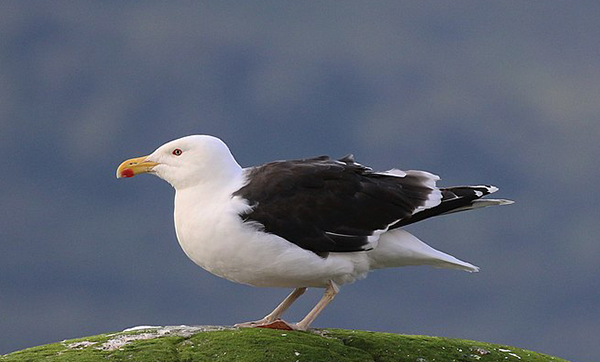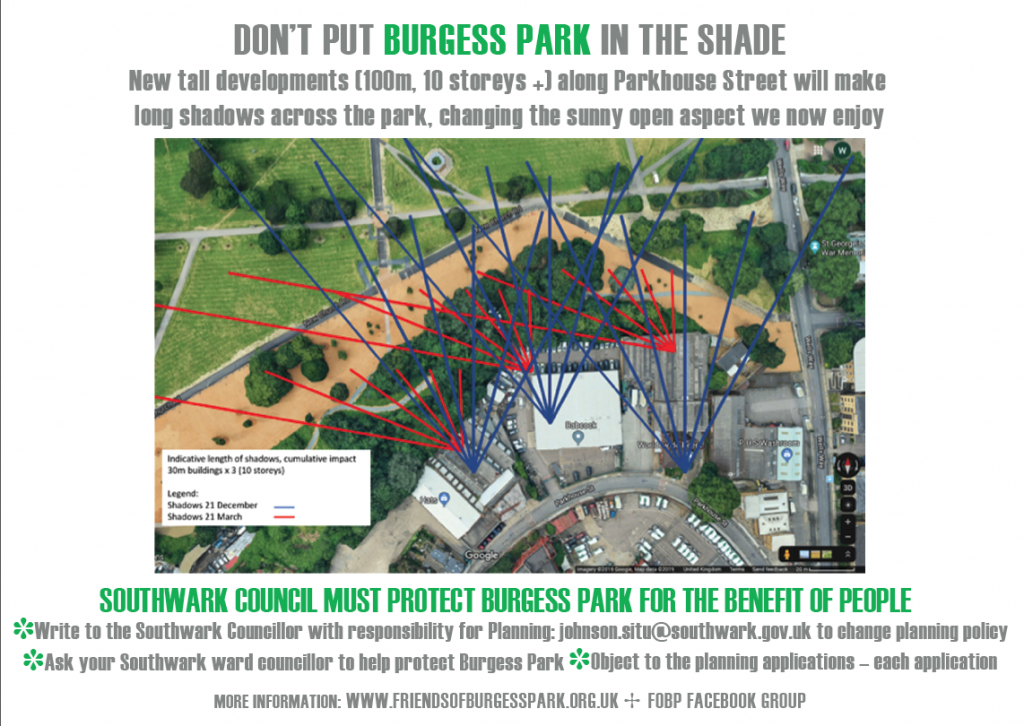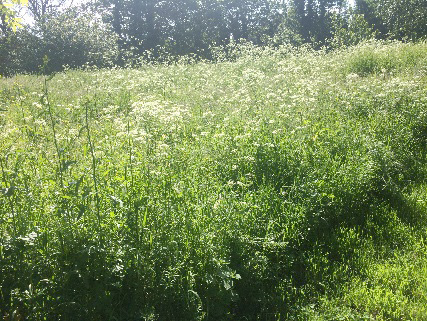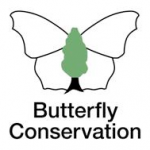Blog: Dave Clark
Writing this in January 2022 the focus of birding interest centres around the lake at Burgess Park. Geese, gulls and cormorants increase their numbers at this time of year as they battle to survive the natural elements and human impositions before the high energy sapping spring arrives. Spring, when the days are longer, spring, when optimism fills the air, spring, when not just the lake but the whole park resonates to the natural sounds and movements of birds. Spring is when the lifestage focus shifts from one of survival to breeding; finding territories, finding partners, building nests, laying eggs and having kids…………well chicks. With this in mind and the short winter days and long nights providing an opportune mental space for human reflection it `s appropriate to mull over and review the multitude of bird highlights that over the 2021 seasons Burgess provided.

Mediterranean Gull Josep del Hoyo Macaulay Library

Goldeneye Dorian Anderson Macaulay Library
Eighty five species were seen across the year by twenty two observers who provided hundreds of important records of these sightings. There were twelve different long distant spring migrants recorded, either staying for a few days, using the park as a feeding stepping stone or remaining until summer to breed, nine different species of warbler, seven different species of gulls, five different species of birds of prey, two different flycatchers and a partridge in a pear tree………..ahem, not really, but a pheasant was indeed seen!

Common Redstart K. Al Dhaheri Macaulay Library

Spotted Flycatcher S. Sawant Macaulay Library
However these numbers are pretty, lifeless and unemotive without context. For the true importance of Burgess Park as an avian hotspot and green performer to be understood we should compare these figures and the interest that they have engendered to other green spaces. Eighty five is a tick list that would be expected in more `wilder` and `natural` areas or rural arcadian idylls not in an urban park, indeed in these traditionally more cosmeticized environments forty to fifty species would be a more likely expectation. Neither are these numbers just birders ticks in a little black book or competitive markers but more importantly denote what can be achieved in urban green spaces at a time when 67% of the UK`s bird species are deemed of conservation concern.
These heartening results do not come by chance. Burgess Park has locational advantages; it is not far from Thames and is characterised by superb vistas which allows birds sightlines of the lake and green areas. But it is the considered management and provision of various habitats which are the key factors in attracting the abundance and diversity of birds, ……scrub, long grass, wild flower meadows, richly planted gardens and ofcourse the important water feature. It is no surprise that many of the rarer species encountered were found in the less sterile environments, environments which we have been institutionalized to believe as rough and unkempt. These pejorative terms mask the positives, we should be thinking rich, diverse and life affirming. Scrub is good is the mantra.
For these birds, several of which are long distance migrants, wintering south of the Sahara, to continue to be attracted, these habitats need to be retained and maintained by diligent management and hard work. Management that does not have dominion but understands that nature is at the apex of importance of any green space.
If anyone would like to take part in citizen science by recording bird sightings, the references below should help and if a full annual bird list is required check out this link:
https://ebird.org/hotspot/L7578420
or contact me at: dave@mailbox.co.uk.

Peregrine Falcon Joshua Stacy Macaulay Library
Resources:












































